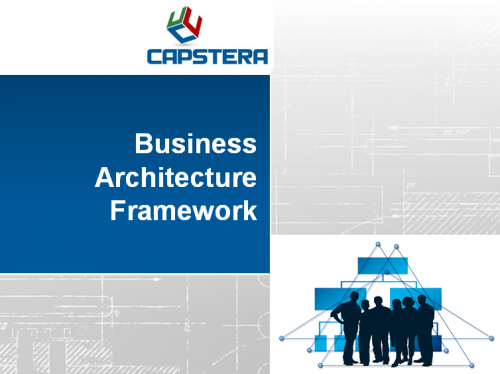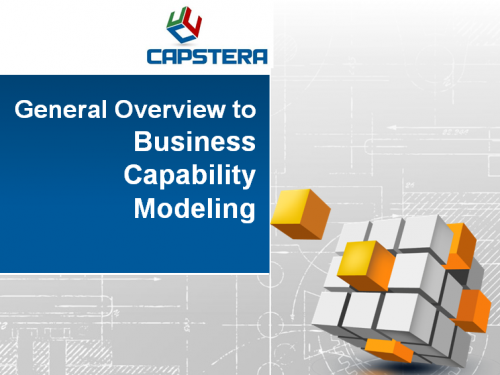
What are Business Architecture Value Streams?
Business Architecture Value Streams are an end-to-end flow of activities depicted from a stakeholder perspective. Value Streams are the second pillar, alongside Business Capabilities, in the business architecture realm. If Capabilities are the “What,” the Value Streams are the “How.”
James Martin is credited with coining the term Value Streams in his book The Great Transition.
Business Value Streams are NOT the same as LEAN’s value stream mapping. Within the concept of Lean Six Sigma’s “Value Stream Mapping,” the goal is to eliminate waste from the process. Karen Martin and Mike Osterling have an excellent overview of Lean value stream mapping.
Related concepts like business process modeling (or business process architecture) and business capability mapping are more well known than business value stream architecture. We think it has to do with the confusion of “What” versus “How” and the similar term used in LEAN.
How are Business Value Streams and Business Processes Related?
A business value stream is a higher-level abstraction of flow from a stakeholder perspective. Each stage/step of the value stream may be linked to a detailed Process map.
Value Streams is a higher-level abstraction of flow from a stakeholder perspective. Each stage/step of the value stream may be linked to a detailed Process map. This is a many-many relationship between Processes and Value Streams. For each Value Stream, there may be multiple implementations. For example, a “Prospect to Customer” Value Stream may have various manifestations, realized thru different process flows.
Example Business Value Stream: Order to Fulfillment in a Fast Food Restaurant

What are some examples of Business Value Streams?
While it is not mandatory, many business architects use the conventional notation of “X to Y” to indicate flow and completion of a business service or an outcome on behalf of a stakeholder.
For example, a Sales Value Stream may be something like “Prospect to Customer” deals with the process of converting a prospect to a customer.
Another example is “Concept to Realization” business value stream in the product development realm.
A few other sample business architecture value streams:
“Hire to Retire” Value Stream: The entire flow of an employee from the time of hiring all the way to retirement. This is a mega value stream and generally will be split into multiple sub-value streams.
“Order to Cash” Value Stream: The order to cash business value stream comprises of all the steps from the moment a customer places an order to fulfillment and receiving cash/payment.
“Data to Decision”: The data to decision value stream comprises of the activities from gathering data to normalizing, and from developing insights to ultimate decision making.
There are many other business value streams in any enterprise, and the level of granularity and modularity depends on the specific need and use case.
How do you create a Business Architecture Value Stream?
Primarily there are three options on how to build a business value stream.
Option 1: Build a business value stream from a blank slate by way of interviews and observation.
Option 2: Reverse engineer the value stream by reviewing the steps in a system/application which is used to realize the value stream. (This is not optimal but one way to do it.)
Option 3: For general business value streams, one may purpose a straw model/sample set of value streams and tailor them to the unique needs of the enterprise. Capstera offers pre-built and customizable business value streams.
How to use Value Streams and Processes in business architecture?
Leverage the business value streams to figure out how an enterprise delivers value to a stakeholder. Identify the Flow and Value of a movement of activities and re-engineer for enhancing the experience and increasing the value of the outcomes. Mapping Value Stream stages to Capabilities on one hand and Applications/Services, on the other hand, helps understand the footprint and coverage of information technology that underpins the value streams and capabilities Analyzing the Value Streams and then juxtaposing with Customer Journey Maps and Personas enables in optimizing the omnichannel experience.
How are Capabilities, Value Streams, Processes, and Systems related?
Capabilities are the functional blueprint; the Value Stream and Processes denote the flows or how things get done, and Systems are how the Value Streams/Processes are orchestrated to realize the Capability. Triangulating the various elements and entities of business architecture allows for better optimization stakeholder flows and re-engineering of the processes.
Example Value Stream Representation: A HR Value Stream

How do you align a Business Process to a Business Value Stream?
Think of business value streams as a coarse grain flow of delivering value or an outcome to a stakeholder. For each step in the value stream, you may have an underlying process.
For example, in a “Prospect to Lead” value stream, let’s assume there is a step called Lead Assignment. The lead assignment itself may be a process on how to process and qualify a lead and then assign it to a sales rep based on several criteria – region, the value of the lead, the type of products the prospect is interested in, and the load on each salesperson. All those details are not captured in a value stream stage or a step. Hence, one may assign a process map to each stage. The value stream stage to process map alignment is a many: many relationships.
How do you map a Business Value Stream to a Customer Journey Map?

-

Business Architecture Current State Audit
-

Business Architecture Framework Template
-

Business Capability Management Playbook
-

Business Capability Modeling Overview




